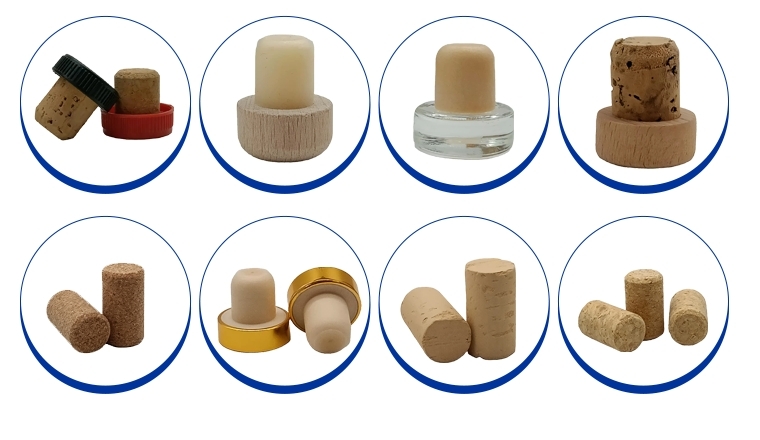Known as the patron saint of wine, corks have long been considered ideal wine stoppers because they are flexible and seal the bottle well without completely trapping air, allowing the wine to develop and mature slowly. Do you know how corks are actually made?
Cork is made from the bark of cork oak. Cork oak is a deciduous tree of the quercus family. It is a slow-growing, evergreen oak found in some parts of the western Mediterranean. Cork oak has two layers of bark, the inner bark has vitality, and the outer bark can be removed without affecting the survival of the tree. Cork oak outer bark can provide a soft protective layer for trees, it is also a natural insulating layer, can protect trees from fire; The inner bark is the basis for the new outer bark that is born each year. Oak cork age reaches 25 years, can carry out the first harvest. But the first harvest of oak bark is too irregular in density and size to be used as a cork for wine bottles, and is usually used as a floor or good insulation. Nine years later, the second harvest can be made. But the harvest was still not of the quality required to make corks, and could only be used for accessory products such as shoes, accessories and household items. By the third harvest, the cork oak is more than forty years old, and the bark from this harvest is ready to be used to make corks. Thereafter, every 9 years cork oak will naturally form a layer of bark. Typically, the cork oak has a life span of 170-200 years and can produce 13-18 useful harvests during its lifetime.
After the cork is made, it needs to be washed. Some customers have requirements on color, so some bleaching will be carried out during the washing process. After washing, workers will screen the finished corks and pick out the products with surface defects such as fine edges or cracks. High quality corks have a smooth surface and few fine pores. Finally, the manufacturer will be based on the requirements of the customer on the cork printing, do the final treatment. Printed information includes the origin of the wine, the region, the name of the winery, the year the grapes were picked, bottling information or the year the winery was founded. However, some cork manufacturers ship the finished product to branches in different countries to be printed by specific customers. Mimeograph or fire printing technology is usually used in the printing of jet characters. Mimeographing is cheaper and the ink will seep into the stopper and come off easily. Fire printing technology costs more, but the printing quality is good. Once the printing is done, the cork is ready to seal the bottle.
Post time: Dec-03-2022
